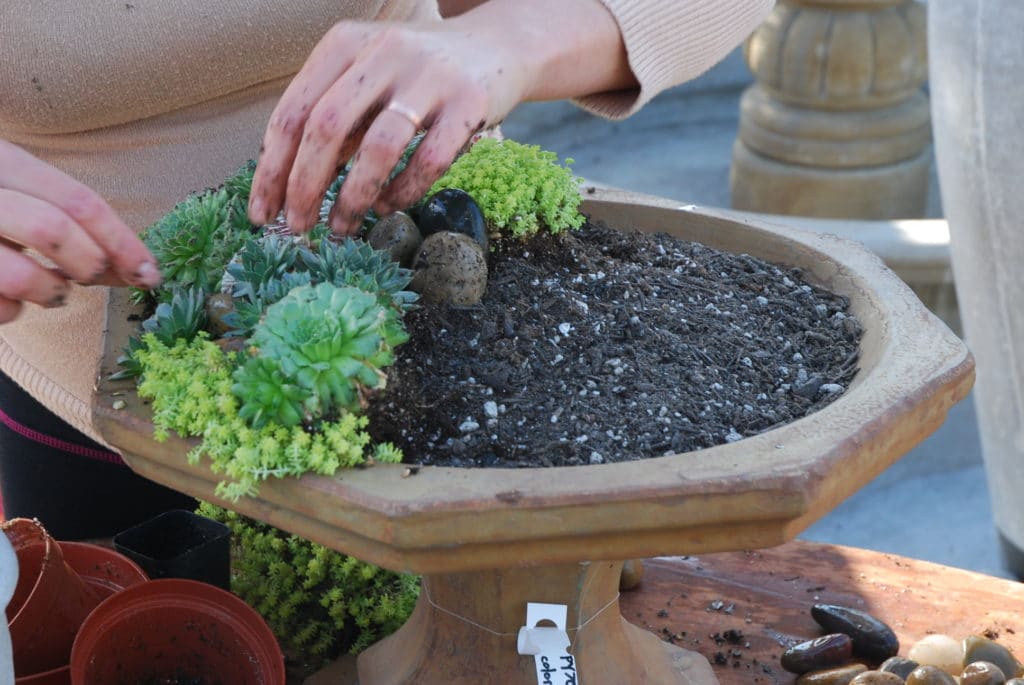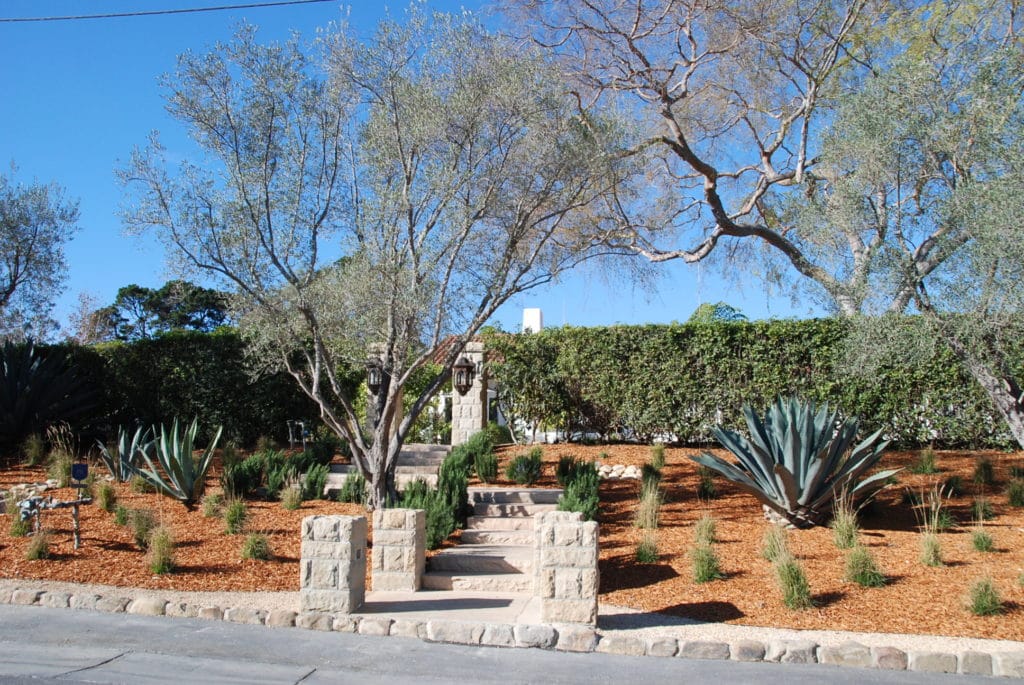The word of the day is sustainability. The United Nations World Commission for the Environment defines sustainability as “meeting the needs of the present without compromising the ability of future generations to meet their own needs.”
The other word that makes headlines is “green.” What that means for gardeners and landscape designers: We must pay attention to the materials we use in our landscapes. Hardscape materials should be renewable. Plants should not require major input of chemicals (fertilizers, pesticides, fungicides) to keep them healthy. Water needs should be easily fulfilled by the local climatic regime. 

The goal of sustainable gardening is to have a complete cycling of nutrients and maximum health of the soil and plants.






Leave a Reply